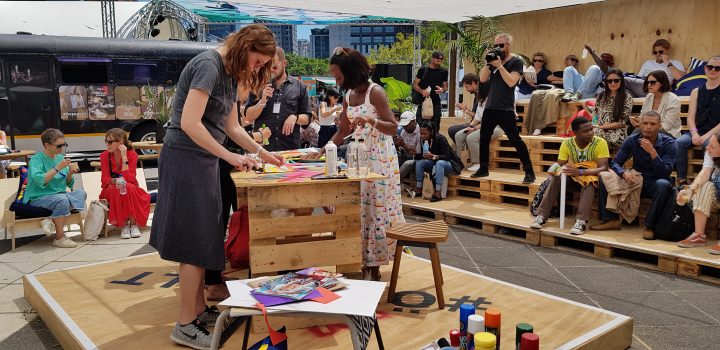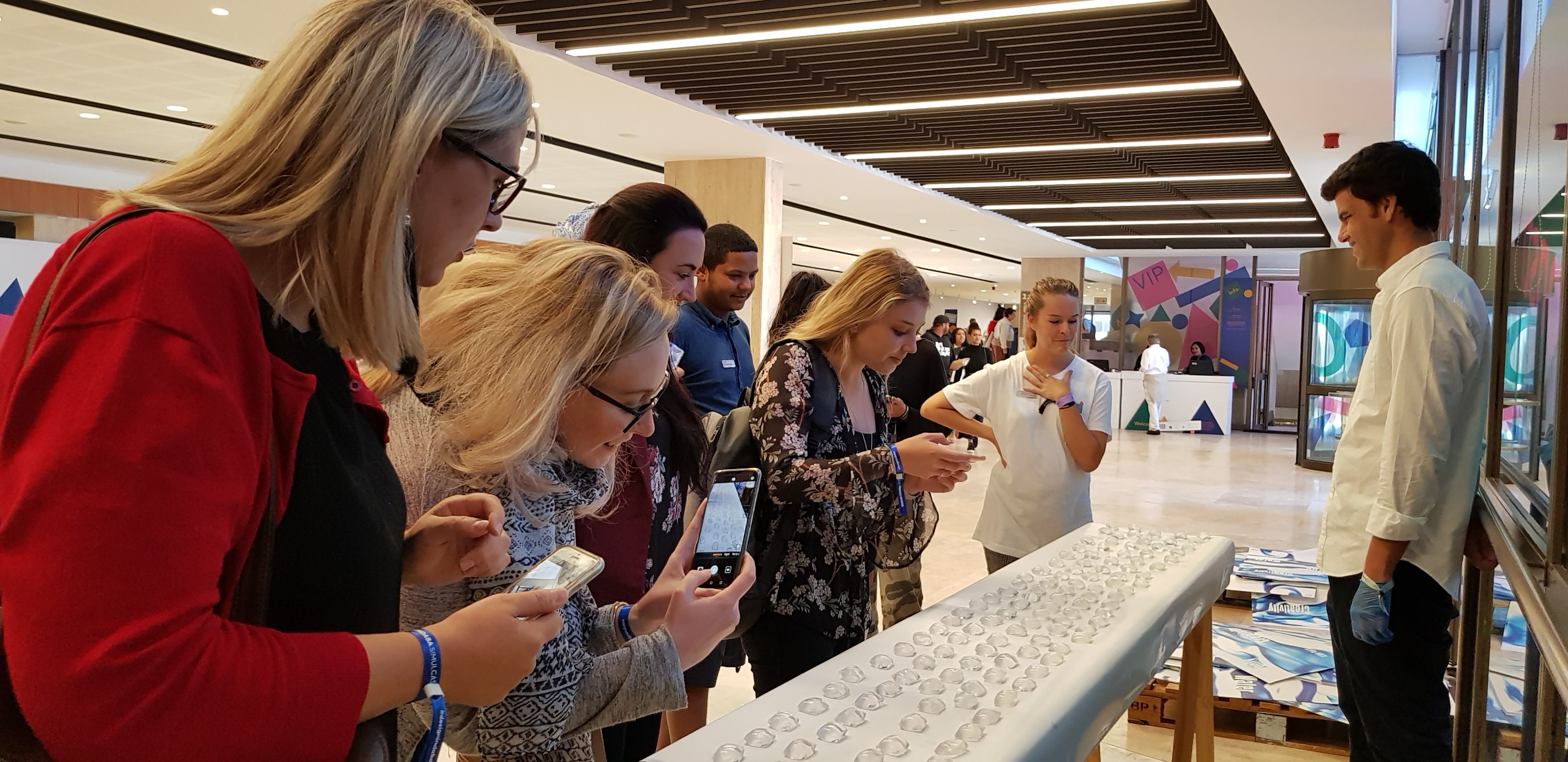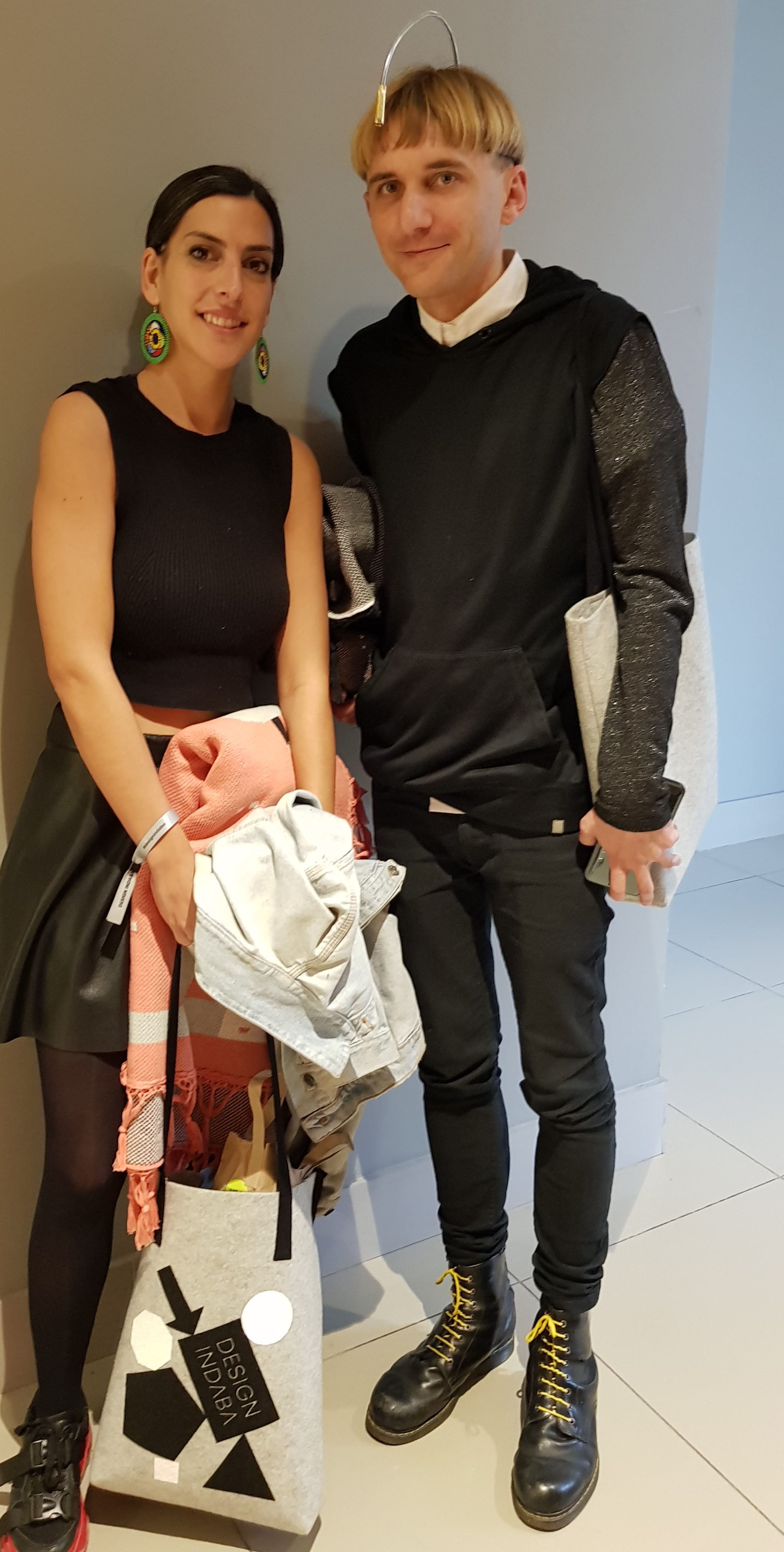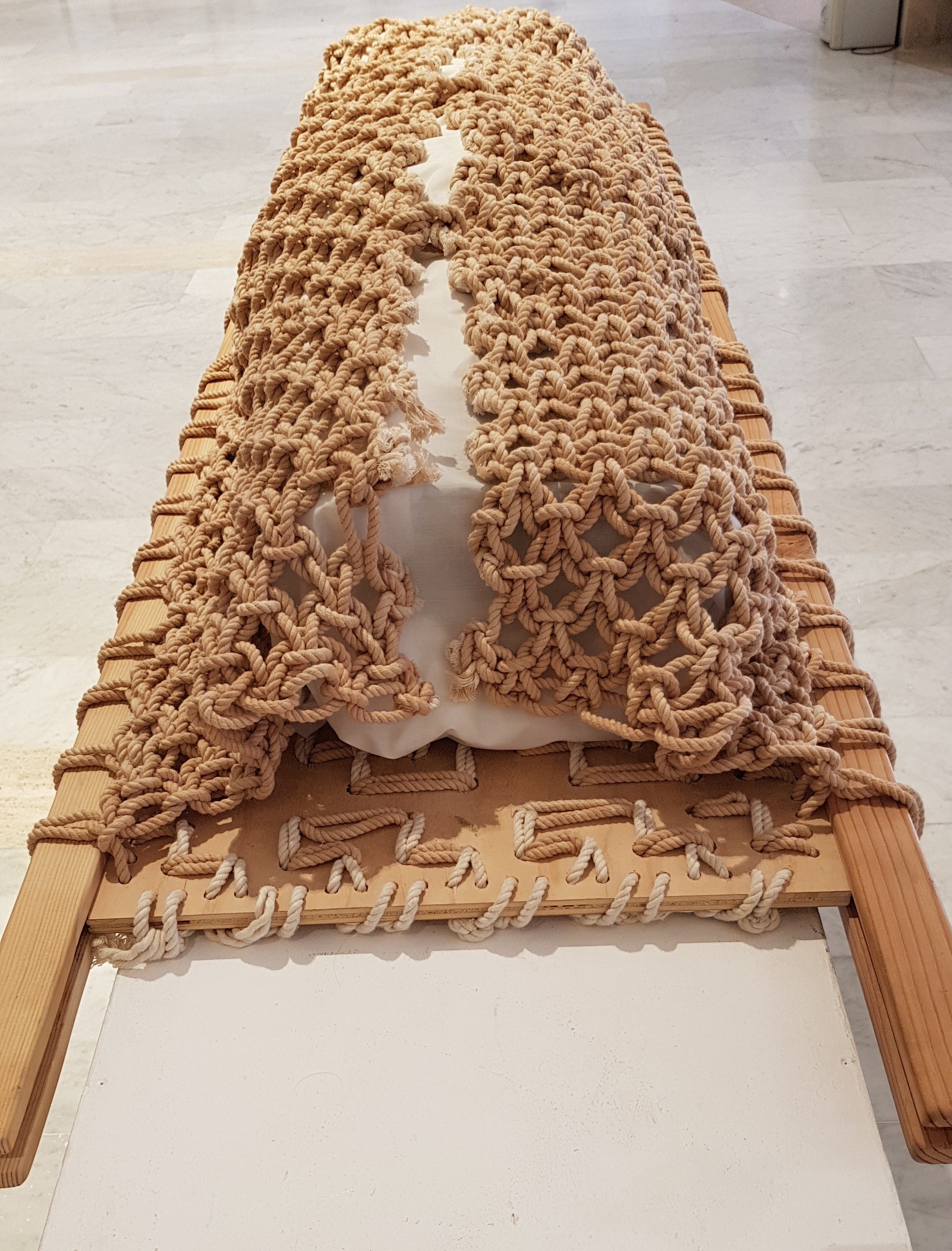MAVERICK LIFE: 2019 Design Indaba
From pit latrines to algorithmic silkworm fabrication, up-cycling to down-cycling, re-use and recycling dominate

In a week when South Africans were focusing on church congregants rising from the dead – or not – the 2019 Design Indaba Conference, at the Artscape Theatre in Cape Town, dished up everything from seaweed packaging and biodegradable coffins, to living cyborgs, and a pile of offerings that certainly challenged traditional imaginations.
Much more than an esoteric mingling of aesthetes and hipsters, this annual celebration of global innovation once more focused on the art of the possible and the interrogation of the improbable – including up-cycling, recycling, re-use, and down-cycling.
While South Africans still debate what to do with that ubiquitous “National Flower”, (in the words of former Environment Minister Mohamed Valli Moosa), the plastic carrier bag, and other petroleum-derived, non-degradable plastic products that pollute our land and seas, inventor/designer/architect/engineer, Rodrigo Garcia Gonzalez showcased his seaweed-derived plastic substitute – edible and biodegradable.
Gonzalez’ Skipping Rocks Lab has developed a commercial and sustainable solution to the global pandemic of plastic packaging from farmed and upcycled seaweed – suitable for everything from foodstuffs to cosmetics. Clear, tasteless, bite-sized capsules of water were on offer for delegates to pop into their mouths, chew on, and swallow. Skipping Rocks have commercialised their ‘ooho!’ product with stores and pop-ups in the UK. The company also sells the machinery to manufacture their revolutionary packaging solution.

Photos: Kathy Berman
And while not a miracle, the Zipline drone delivery service is a life-saving marvel of modern technological innovation. The service for blood delivery to remote and inaccessible areas of Rwanda has already been well publicised. On the issue of human biology, but testing credulity, are human cyborgs, Neil Harbisson and Moon Ribas, co-founders of the Cyborg Foundation, an international organisation that aims to defend cyborg rights and promote cyborg art. Cyborgs, according to its exponents, are the “union between cybernetics and organisms”. Born with colour blindness, Harbisson implanted an antenna at the top of his head that allows him to perceive visible and invisible colours across the spectrum via audible vibrations in his skull. Colour can be heard as music, and sounds can be translated into visual artworks. It doesn’t end there: He is also able to perceive colours from space.

Neil Harbisson and Moon Ribas. Photos: Kathy Berman
Harbisson, whose passport photo disports his (non-removable) antenna, believes he is eligible for Swedish national recognition, given that his skull incorporates Swedish parts. His partner Ribas has implants in her feet that allow her to perceive seismic movements – to which she responds with dance.
Markus Kayser’s PhD from the Massachusetts Institute of Technology’s Media Lab resulted in spun giant lampshades, dubbed The Silk Pavilion, produced by silkworms, initially leveraging algorithms mimicking silkworm spinning cycles, completed by organic algorithmic worms. And while on worms, ‘Leaves’ is a biodegradable coffin devised by Shaina Garfield whose awareness of her own mortality arose because of a lung disability. The earth-friendly structure is created from ropes and materials which are infused with bacteria that allow for non-toxic decomposition.

Photo: LEAVES (Kathy Berman)
Pit Latrines are still a tragic reality of our local landscape. President Ramaphosa, in the 2019 State of the Nation address, committed to eradicating these deadly “conveniences”. A Zimbabawean-born, Canadian-educated architect, Nicole Nomsa Moyo, presented a solution that extends beyond contemporary ablution facilities to community-inclusive structures – providing shelter and interaction – that are powered by energy created from human waste; she still has to prototype her Ukubutha community hub.
Blazing the trail for the underlying theme of “Celebrating Africa” (by Africans) was Niger architect, Mariam Kamara, who was mentored by Sir David Frank Adjaye, a British architect behind the design of the National Museum of African American History in Washington DC; Kamara has forged her own path in creating intrinsically local architecture through her Atelier Masomi integrating traditional vernacular-style structures of Niger with materials such as concrete and reinforced brickwork outlasting the ochre red sands and the corrosive weather of the desert environment.
And for those who could not make it to the conference this year, there is a give-away: a unique typeface designed for Design Indaba by NM Type, in collaboration with local hearing-impaired dancer, Andile Vellem, and tracing his fluid movements shaping each letter of the alphabet. It is available for download on www.nmtype.com/movement/. ML
Kathy Berman lectures on workshops and writes about art, design and innovation. Her previous Design Indaba summaries can be found here:
- Design Indaba Returns to Showcase Innovation – Business Day
- Designs on a Smart and Just Future – Business Live
- 20 years on the creative economy thrives and could even compete with mining – Daily Maverick
- Where art, culture, science and technology collide – Daily Maverick













 Become an Insider
Become an Insider